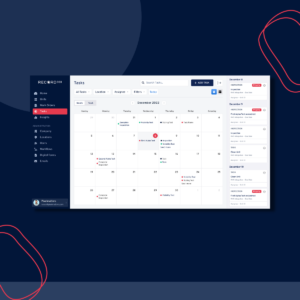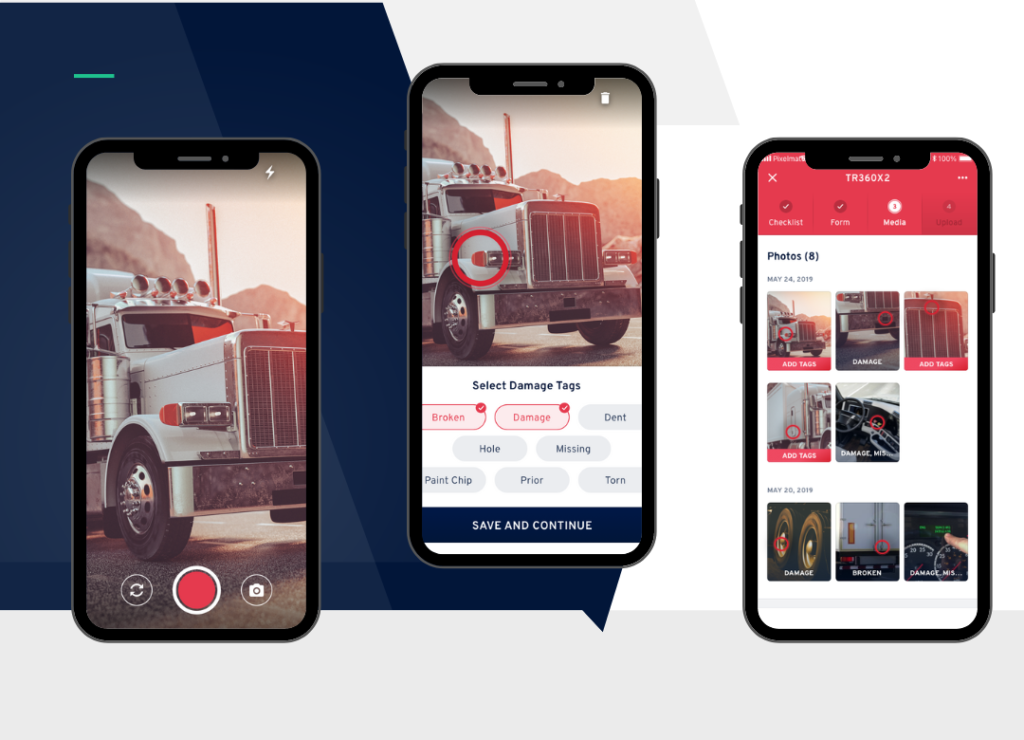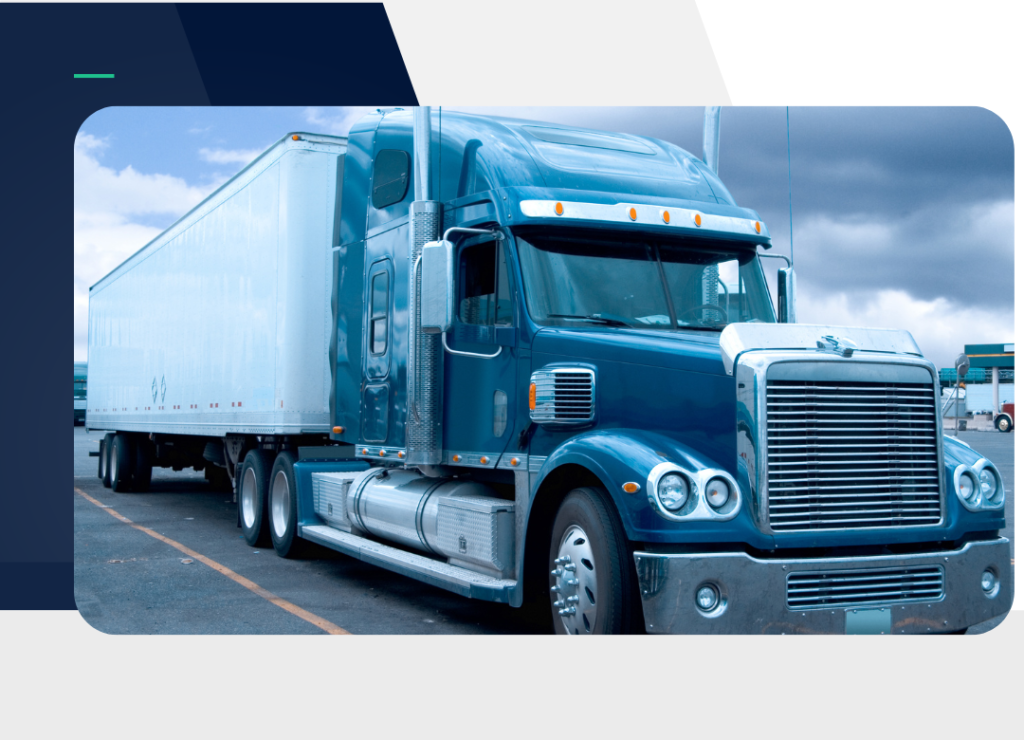Karmak is a leading ERP in the heavy-duty trucking industry. Record360 is the #1 inspection app. Together? You can create best-in-class inspections, capture photos & videos, and save time on data entry.
With the Record360 + Karmak Fusion Integration, Record360 offers photo and video inspections to capture your truck’s actual condition from a mobile device. Record360 also provides custom checklists and digital forms so you can maintain DOT & OSHA compliance. This will help you speed up your inspection process and ensure your business is running smoothly. With just a few clicks, you can access your Record360 inspection data directly in Karmak Fusion. No more wasted time searching through multiple systems. It’s all there, waiting for you…
Contact Damon Haber ([email protected]) to learn more and start a free trial of the Record360 platform.
The Winning Combination: How the Record360 and Karmak Fusion Integration Can Boost Your Business
Digital documentation tools are crucial to reduce or even eliminate damage disputes. Now, Karmak Fusion customers who use Record360 have the ability to submit inspection reports and capture digital signatures, all in one place. Some benefits include:
- Mobile Video and Photo Capture: Take photos & videos to capture the (actual) condition of your truck
- Customizable Checklists: Tailor checklists to your dealership’s needs, capture accurate data, and reduce dispute risk
- Eliminate Manual Work: Automatically upload inspections to Karmak Fusion – no need to manually add them!
- Secure Signatures & Cloud Storage: Capture digital signatures and ensure safe storage to prevent fraud and disputes. Hold responsible parties accountable for damage.
- Inspection Dashboard: Access historical inspection records in Record360, so you can stay organized & efficient. Use our reports to quickly identify and stop damage trends.
Integrating Record360 + Karmak Fusion can supercharge your business. Manual data entry is tedious and error-prone. With our integration, you can automatically transfer data between the two systems. Automation means your guys can focus on more critical tasks and keep your trucks moving.
What our Mutual Customers are Saying
“We have had a strong relationship with Karmak for many years. We are excited to offer our Record360 integration to all Karmak customers, so they can take advantage of our joint product offering,” Damon Haber, co-founder of Record360 noted. “Our integration empowers businesses to use their preferred ERP, while leveraging our best-in-class inspection software.”
Furthermore, Craig Grade, Director of Integrations at Karmak said, “Record360 continues to drive innovation and efficiencies in easy to use solutions to our customers. Decreasing damage disputes and documenting inspections is a valuable tool and it continues to protect our customers against fraudulent claims.”
Mark Hamilton, General Manager at Worldwide Equipment Leasing, Inc. noted, “Integrating Karmak & Record360 means our two most important business systems work in harmony. Our guys can save time in the field & we can always find what we’re looking for.”
Pricing & Availability
The Record360 + Karmak Fusion integration is available to all Karmak customers for purchase. To learn more, reach out to Damon Haber ([email protected]).









